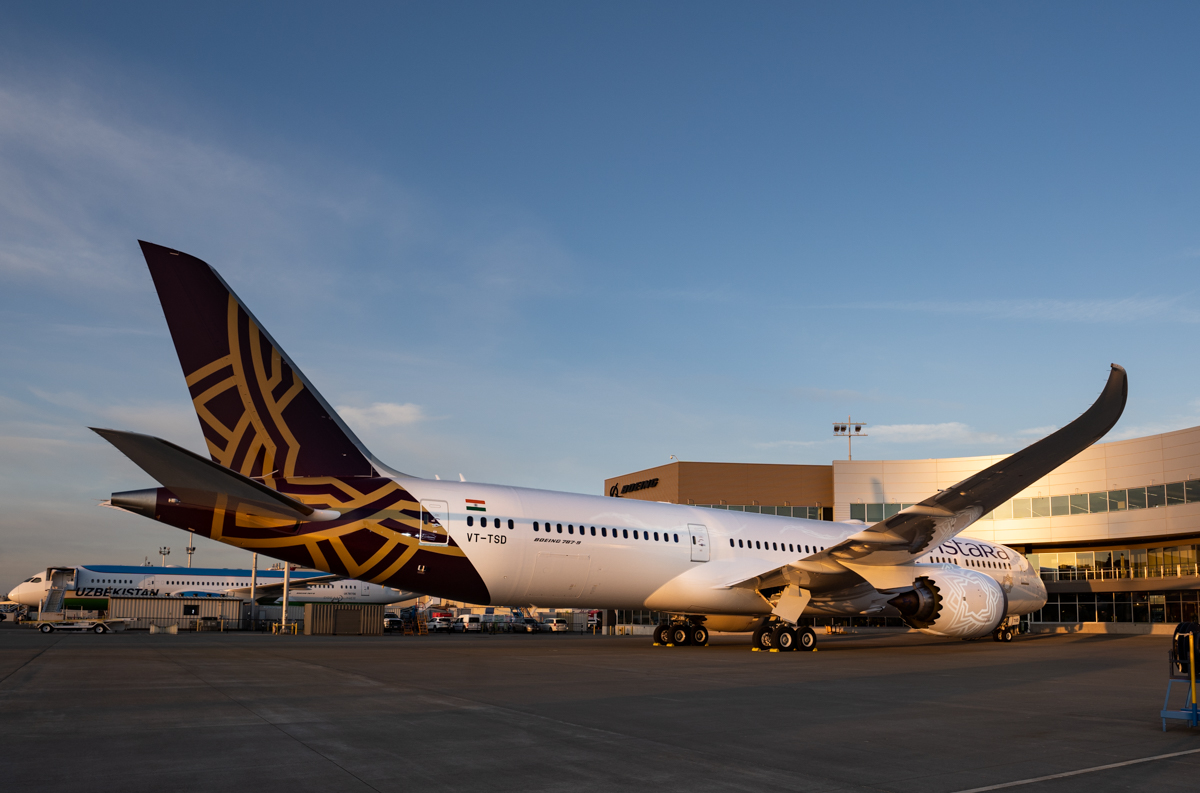“I assure you that the worst is behind us, and we have already stabilized our operations,” Vistara CEO Vinod Kannan wrote in an internal note to employees Thursday.
Kannan was referring to recent disruptions at the airline: Over 150 cancellations and 200 delays exceeding two hours between March 31 and April 4. The airline’s cancellations are expected to hit nearly 1,000 flights for the month.
Aviation regulator Directorate General of Civil Aviation (DGCA) on Tuesday ordered the airline to file daily reports on flight cancellations and delays. In a post on X, the Ministry of Civil Aviation also said it was “monitoring the situation of Vistara flight cancellations.”
Vistara has scaled back operations by around 25-30 daily flights until May 24, which make up roughly 10% of its capacity. The company is also working on additional plans, Kannan told employees in the letter.
The official issue: “crew unavailability.” In his note, however, Kannan cited “ATC delays, bird hits, and maintenance activities early last month.”
“We were stretched in our pilot rosters and there was not enough resilience to withstand injects that we would otherwise have weathered. We could and should have planned better, and this has been a learning experience for us which we will review thoroughly,” Kannan wrote.
But there’s another backstory: Pilots’ discontent over a stretched roster and a new pay structure ahead of Vistara’s merger with Air India.
Why Are Vistara Pilots Protesting?
In September, antitrust watchdog Competition Commission of India approved Tata Group’s plan to merge its full-service carriers Air India and Vistara.
Pay structures are now aligned for pilots from Vistara and Air India. The move significantly reduces guaranteed flying hours for First Officers from 70 hours to 40 hours, leading to cuts of almost INR 80,000 ($960) to INR 140,000 ($1,680) from a salary of INR 340,000 ($4,080).
Pilots have expressed dissatisfaction with the unpredictable rosters and frequent changes with short notice. They have alleged that the network expansion without a corresponding increase in the number of pilots has led to tough schedules. Vistara has around 1,000 pilots.
Flight crews also point to delayed training programs for promotions to Commanders and lengthy delays in training on new aircraft.
They are also concerned about how the merger with Air India might impact their seniority (based on their tenure with an airline) and career advancement. This can influence factors such as preferred work locations, aircraft assignments, and moving from smaller to larger planes.
This discontent reportedly resulted in collective actions from pilots such as mass sick leaves and refusal to cooperate with unplanned flights.
Two trade unions of Air India pilots, in a letter addressed to Tata Sons Chairman N. Chandrasekaran, stated that the concerns expressed by Vistara pilots are indicative of systemic issues extending across various Tata Group aviation entities.
According to Kannan, 98% of pilots have agreed to the new salary terms.
How Is it Being Addressed?
“We have experienced a significant number of flight cancellations and delays due to various operational reasons and limited capacity to handle contingencies caused by high resource utilization. We are addressing the issue on a war footing,” Vistara wrote on social media last week.
“The situation has already improved, with our on-time performance increasing to over 80% for the last two days. We hope to stabilize our operations for the entire April.”
Vistara also said that it has deployed larger aircraft like the Boeing 787-9 Dreamliner and A321neo, and offered refunds and compensation to affected passengers.
The Vistara CEO highlighted ongoing initiatives to address crew shortages and operational disruptions, aiming to restore regular flight schedules by stabilizing pilot resources and optimizing crew planning.
According to sources cited by Indian news agency PTI, Air India plans to send narrow-body aircraft pilots to Vistara to operate A320 planes on a deputation basis, pending regulatory approvals.
Airlines Sector Stock Index Performance Year-to-Date
What am I looking at? The performance of airline sector stocks within the ST200. The index includes companies publicly traded across global markets including network carriers, low-cost carriers, and other related companies.
The Skift Travel 200 (ST200) combines the financial performance of nearly 200 travel companies worth more than a trillion dollars into a single number. See more airlines sector financial performance.
Subscribe to Skift Pro to get unlimited access to stories like these
{{monthly_count}} of {{monthly_limit}} Free Stories Read
Subscribe NowAlready a member? Sign in here
Subscribe to Skift Pro to get unlimited access to stories like these
Your story count resets on {{monthly_reset}}
Already a member? Sign in here
Subscribe to Skift Pro to get unlimited access to stories like these
Already a member? Sign in here
